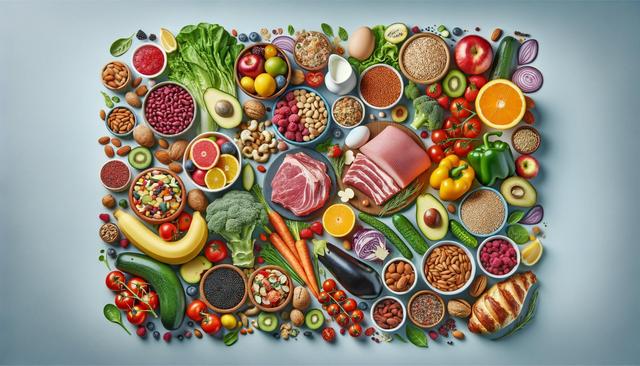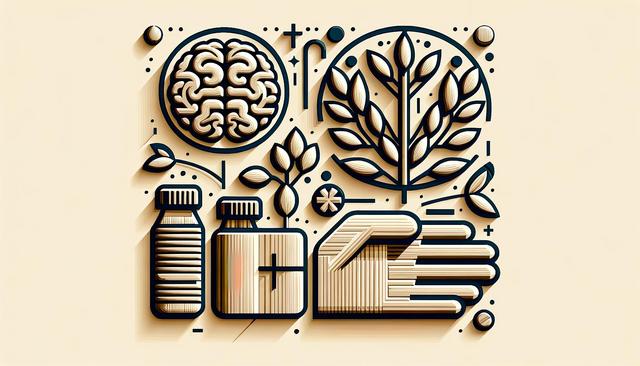The Role of Whole Foods in Reducing Belly Fat
When it comes to trimming abdominal fat, whole foods play a significant role in supporting a healthy metabolism and controlling calorie intake. Whole foods are minimally processed and rich in nutrients, making them more satisfying and less likely to contribute to overeating. They provide fiber, vitamins, minerals, and antioxidants that assist in digestion and promote better fat metabolism.
Focusing on foods that are high in fiber is especially helpful. Soluble fiber slows digestion and helps you feel full longer. Some excellent sources include:
- Oats
- Beans and legumes
- Chia seeds
- Brussels sprouts
- Sweet potatoes
Including these in your daily meals can reduce overall calorie consumption and help control cravings, which often contribute to belly fat accumulation. Additionally, whole grains such as brown rice and quinoa offer nutritional benefits while helping maintain stable blood sugar levels, an important factor in managing abdominal fat.
Lean Proteins and Their Fat-Burning Benefits
Lean protein is essential for building and maintaining muscle mass, especially when combined with regular physical activity. It also has a higher thermic effect compared to fats and carbohydrates, meaning your body burns more energy digesting it. This makes it a valuable dietary component for anyone aiming to reduce belly fat.
Some lean protein options to consider include:
- Skinless poultry
- Eggs
- Low-fat dairy products
- Tofu and tempeh
- Fish such as salmon and mackerel
Fish high in omega-3 fatty acids have additional benefits. These healthy fats can help reduce inflammation, which is often linked to increased fat storage around the abdomen. Adding a serving of fatty fish a couple of times per week is a smart way to support your fat-loss goals.
Moreover, protein helps regulate appetite-related hormones. By increasing satiety, it reduces the chances of snacking on high-calorie, low-nutrient foods. This hormonal balance is critical when aiming to lose fat in any area of the body, including the belly.
Healthy Fats That Support Weight Loss
Not all fats are created equal. While trans fats and excessive saturated fats can contribute to weight gain, healthy fats are essential for hormone regulation and nutrient absorption. Including the right kinds of fats in your diet can help you feel fuller and support a more effective fat-burning process.
Sources of healthy fats include:
- Avocados
- Olive oil
- Nuts like almonds and walnuts
- Seeds such as flaxseeds and sunflower seeds
These fats provide a steady source of energy and can improve the texture and flavor of meals without contributing to unhealthy weight gain. However, since fats are calorie-dense, portion control is important.
Healthy fats also play a role in reducing insulin resistance, which is linked to excess belly fat. By improving how the body uses insulin, you can better manage fat distribution and support overall metabolic health.
Low-Sugar Fruits and Their Detoxifying Effects
Fruits are rich in vitamins, antioxidants, and fiber, but their natural sugar content means not all are equally beneficial when targeting belly fat. Choosing low-sugar fruits helps you gain the nutritional benefits of fruit without spiking blood sugar levels, which can lead to fat storage around the midsection.
Some low-sugar fruits to include are:
- Berries (strawberries, blueberries, raspberries)
- Green apples
- Kiwi
- Grapefruit
- Watermelon (in moderation)
Berries, in particular, are packed with antioxidants that support cellular health and may reduce inflammation. Grapefruit has been studied for its potential appetite-suppressing properties, making it a helpful addition to breakfast or as a snack.
Fruits also aid in digestion due to their fiber content, helping to reduce bloating and improve bowel regularity. This can contribute to a flatter appearance of the stomach and better nutrient absorption overall.
Hydrating Foods and Their Contribution to Fat Reduction
Proper hydration is a key, often overlooked factor in managing belly fat. Water-rich foods not only contribute to daily fluid intake but also help with satiety and digestion. These foods are typically low in calories and high in volume, making them ideal for weight management.
Examples of hydrating foods include:
- Cucumbers
- Celery
- Lettuce
- Zucchini
- Tomatoes
Including these in meals or as snacks can help you stay full without consuming excess calories. Additionally, these foods support kidney function and help the body flush out toxins, which may otherwise be stored in fat cells. Proper hydration also ensures that your metabolism functions efficiently, which is important when trying to lose fat.
Herbal teas and broths can also contribute to fluid intake while offering additional health benefits. For example, green tea contains catechins, which may aid in fat metabolism when paired with a healthy diet and active lifestyle.
Conclusion: Making Smart Food Choices for Long-Term Results
Targeting belly fat involves more than just exercise—it requires a thoughtful approach to diet centered on nutrient-rich, whole foods. By incorporating fiber-rich vegetables, lean proteins, healthy fats, low-sugar fruits, and hydrating foods into your daily meals, you can support your body’s natural fat-burning processes while improving overall health. Consistency is key, and choosing foods that nourish and sustain you will help you achieve and maintain a healthier waistline over time.


